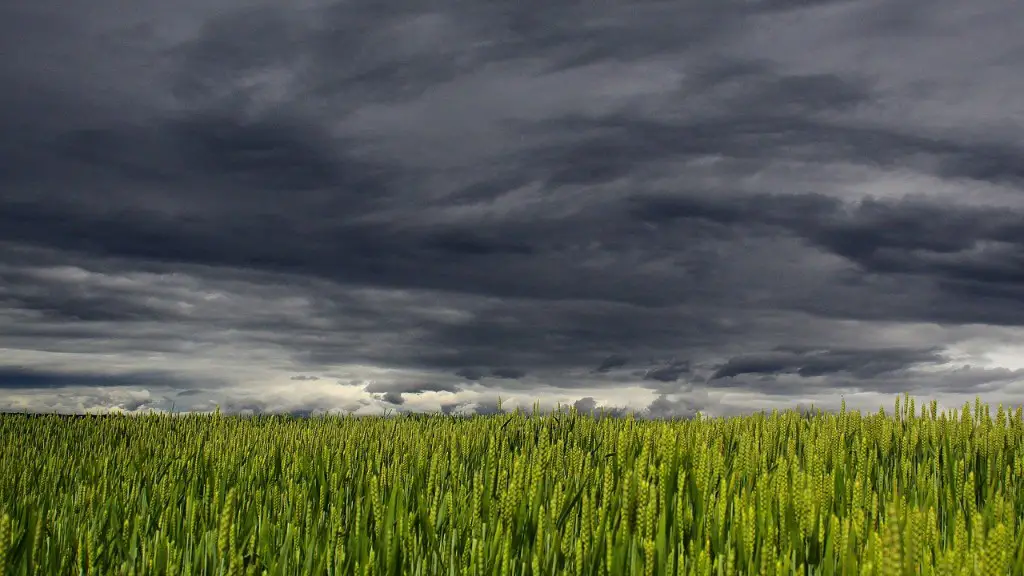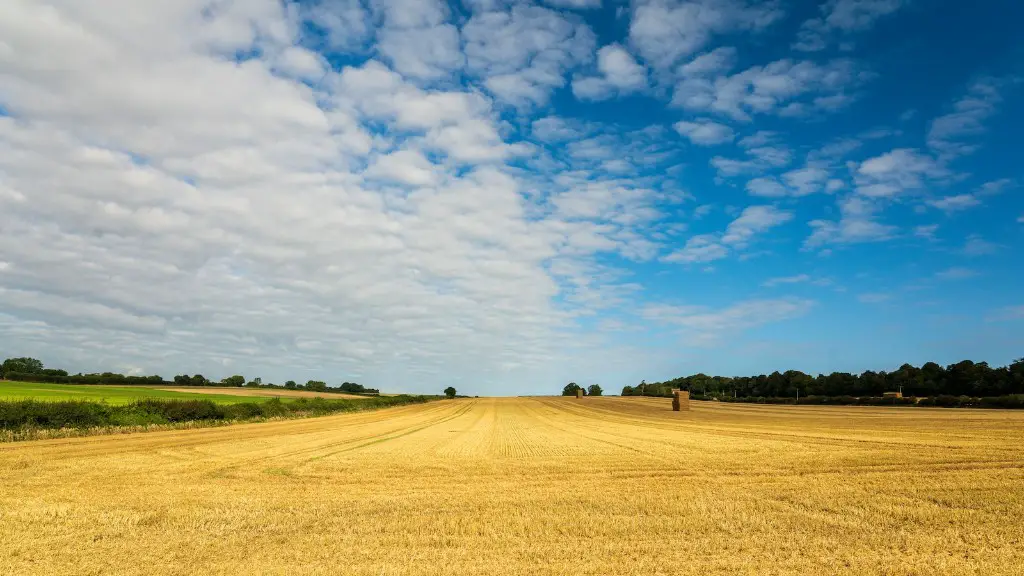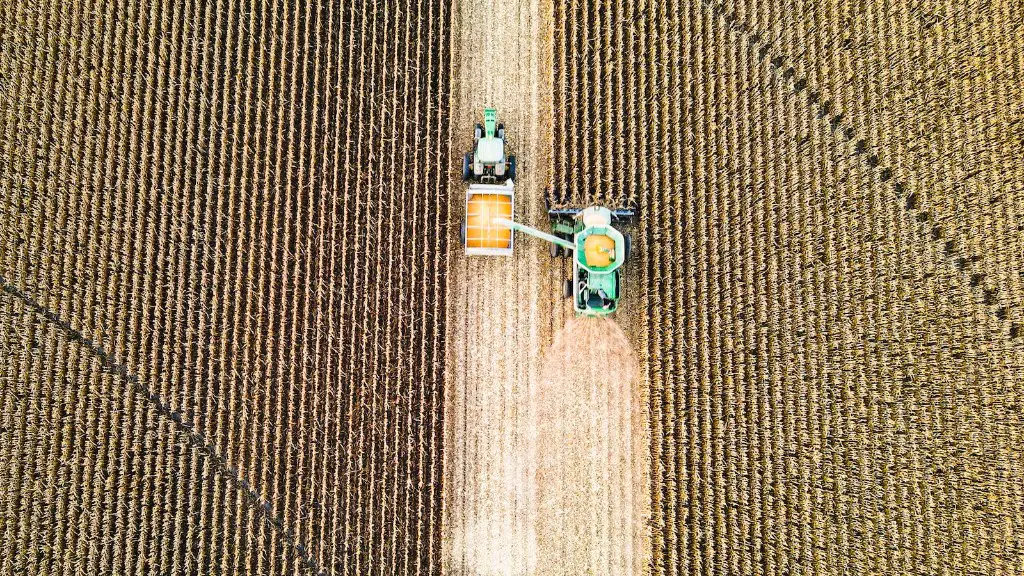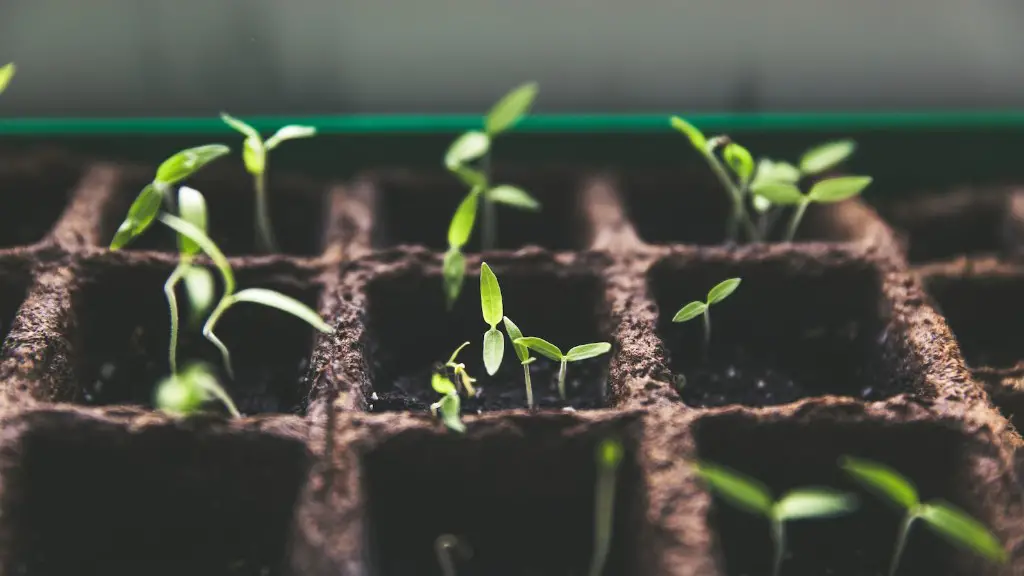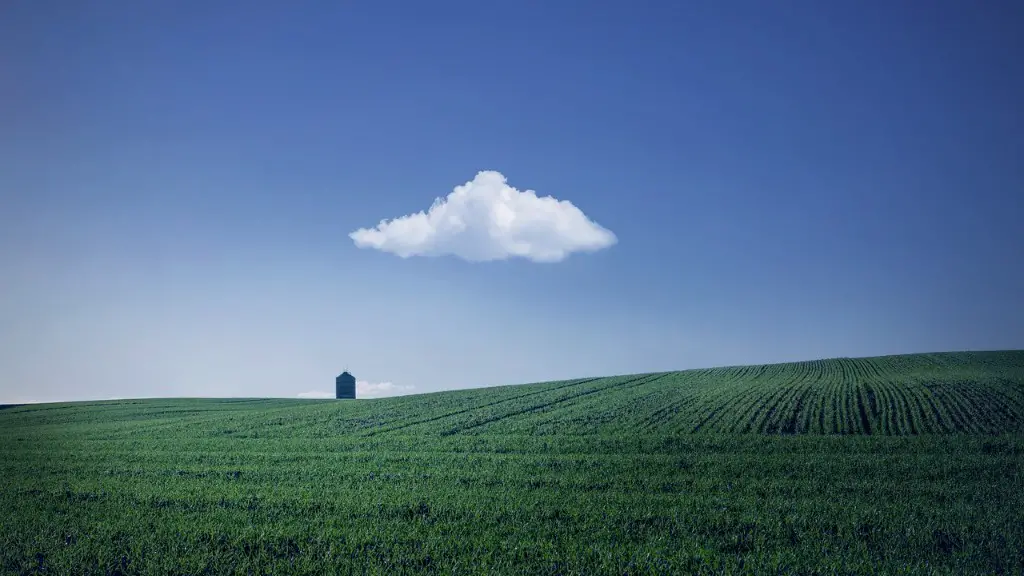Water scarcity is caused by a number of factors, but agriculture is one of the most significant. Agriculture requires large amounts of water for irrigation, and as the world population continues to grow, the demand for food is also increasing. This means that more and more land is being used for agriculture, which in turn is leading to more water being used for irrigation.
In many parts of the world, water is already scarce and the demand from agriculture is only going to increase. This is a major problem because without water, crops cannot grow and people cannot survive. If we do not find a way to address this issue, then the world will become increasingly water scarce and many people will suffer as a result.
Water is a key factor in agricultural production, but climate change and population growth are putting increasing pressure on water resources. In many places, demand for water for agriculture is exceeding the available supply, leading to water scarcity.
There are several ways that agriculture can cause water scarcity. First, agriculture is a major user of water, and as demand for food increases, so does the demand for water for irrigation. Second, agriculture can pollute water resources, making them less available for other uses. Third, agriculture can contribute to climate change, which is projected to lead to more frequent and intense droughts in many regions of the world.
As the world population grows and the demand for food increases, it is imperative that we find ways to sustainably manage our water resources. Otherwise, water scarcity will become a major constraint on agriculture, and the world will not be able to meet its food needs.
How does agriculture affect the water crisis?
The depletion of water availability in soils can have a significant impact on crop and livestock productivity. Drought conditions can lead to a decline in surface and groundwater supplies, which can affect water availability and increase the costs of accessing water for irrigation or watering livestock.
Water is a vital natural resource, and its efficient use is essential to supporting life on earth. However, of the fresh water available on the planet, only a small fraction is used by humans. Of that 70% used by farmers, 40% is lost to the environment due to poor irrigation systems, evaporation, and overall poor water management. This is a significant problem that must be addressed in order to ensure the sustainability of our water supply.
How does agriculture affect water usage
The USDA estimates that agriculture accounts for approximately 80% of the nation’s water use. In agriculture, water is used to grow fruits, vegetables, and raise livestock. Water is also used in agriculture for irrigation, the application of pesticides and fertilizers, and frost control.
The most prevalent source of agricultural water pollution is soil that is washed off fields. Rain water carries soil particles (sediment) and dumps them into nearby lakes or streams. Too much sediment can cloud the water, reducing the amount of sunlight that reaches aquatic plants.
What is the biggest cause of declining water quality?
There are a few main pressures on water quality, such as agriculture, physical changes to the land, forestry activities, and discharges from urban wastewater. These activities can lead to things like run-off of nutrients and pesticides, and damage to the physical habitat of waterbodies. All of this can have a negative impact on water quality.
We find that weather is responsible for the vast majority of crop loss in the United States, causing 85% of all losses. Other factors include economic factors (10%), natural disasters (2%), biotic factors (2%), and other causes (less than 1%). This means that crop loss is largely out of farmers’ control, and that they are at the mercy of the weather. This is a major problem, as it can lead to financial ruin for farmers and can jeopardize the food supply.
What causes the easily loss of water in the soil?
Moisture loss occurs through both evaporation from the soil surface and transpiration from the plant’s leaves. A variety of factors can impact how much water is lost through each of these processes. For example, compacted soil will lose more water to evaporation than looser soil with a crumb structure. Transpiration rates will also be influenced by factors such as plant species, leaf size, and water availability.
Improper management of agricultural land can lead to a number of problems, including runoff from animal feedlots, overgrazing, and overworking the land. This can in turn lead to pollution of waterways and soil, as well as decreased crop yields. Taking measures to properly manage agricultural land can help to mitigate these problems.
What agricultural activities cause water pollution
Major agricultural contributors to water pollution include nutrients, pesticides, salts, sediments, organic carbon, pathogens, metals and drug residues. These are the main targets for water-pollution control.
Agriculture is the biggest source of water pollution, according to a new global review.
Nitrate from farming is the most common chemical contaminant found in groundwater aquifers, the review explains. Fertilizers, manure and sewage sludge spread on fields are the main sources of nitrate pollution.
While industry and human settlements are often blamed for water pollution, the new review shows that agriculture is actually the biggest source of water pollution globally.
The review highlights the need for better management of agricultural waste and more sustainable farming practices to protect water resources.
What is the main factor affecting water supply?
Low rainfall and high temperatures can lead to water deficits. This is because when rainfall is low, there is less water available. When temperatures are high, water evaporates and so there is less available to use. Water surpluses are common where rainfall is high and temperatures are lower.
As the human population continues to grow, the competition for water is also increasing. This has led to the over-exploitation of many of the world’s major groundwater aquifers, as they are being used for both direct human consumption and agricultural irrigation. This is resulting in these aquifers becoming depleted, which could have serious consequences for the long-term availability of water.
Is water scarcity increasing
Water scarcity is a global issue that is only expected to get worse in the coming years. Climate change and population growth are two major factors that will contribute to the problem. It is estimated that by 2025, over 1.8 billion people will be living in areas with water scarcity, and over half of the world’s population will be experiencing severe water scarcity for at least part of the year. This is a major problem that needs to be addressed urgently.
It is evident that the government is no longer prioritizing the agricultural sector as it has in the past. This is reflected in the lack of investment in agricultural research and development, as well as in the stagnation of expenditure on food storage. While this shift in priorities may be due to a variety of factors, it is clear that the agricultural sector is no longer a priority for the government. This is likely to have a negative impact on the sector in the long-term, as it will prevent the sector from being able to keep up with advancements in technology and research.
What is losses in agriculture?
Soil erosion is a major problem for farmers as it leads to the loss of agricultural land. Land degradation, such as erosion, is caused by wind or water moving soil components from one location to another. This results in the loss of farmland and makes it difficult for farmers to produce crops. Agricultural land is also being lost because it is being converted for other purposes, such as housing and factories. This is a major problem as it reduces the amount of land available for farming and can lead to food shortages.
Climate change has generated shifting weather patterns and extreme weather events. These changes make it more difficult for farmers to produce food. A reliance upon non-renewable energy is also a factor in impending food crises.
Warp Up
Agriculture is a significant contributor to water scarcity. Agricultural production accounts for 70% of all water withdrawals globally, and nearly 90% in developing countries. With the world population projected to increase by one billion people over the next fifteen years, and demand for food expected to rise sharply, the pressure on water resources will intensify. Agriculture has already claimed most of the world’s accessible freshwater resources, and as demand grows, competition between agriculture, industry, and domestic users will increase. If current trends continue, by 2025, an estimated 1.8 billion people will live in countries or regions with absolute water scarcity, and two-thirds of the world’s population will be under water stress conditions.
The main way that agriculture causes water scarcity is through the pollution of water sources. When farms use large amounts of water for irrigation, the water becomes contaminated with chemicals and pesticides. This water pollution can make it difficult for people who live near farms to access clean water for drinking, cooking, and bathing. In addition, agriculture can lead to the depletion of underground water sources, which can also cause water scarcity in an area.

